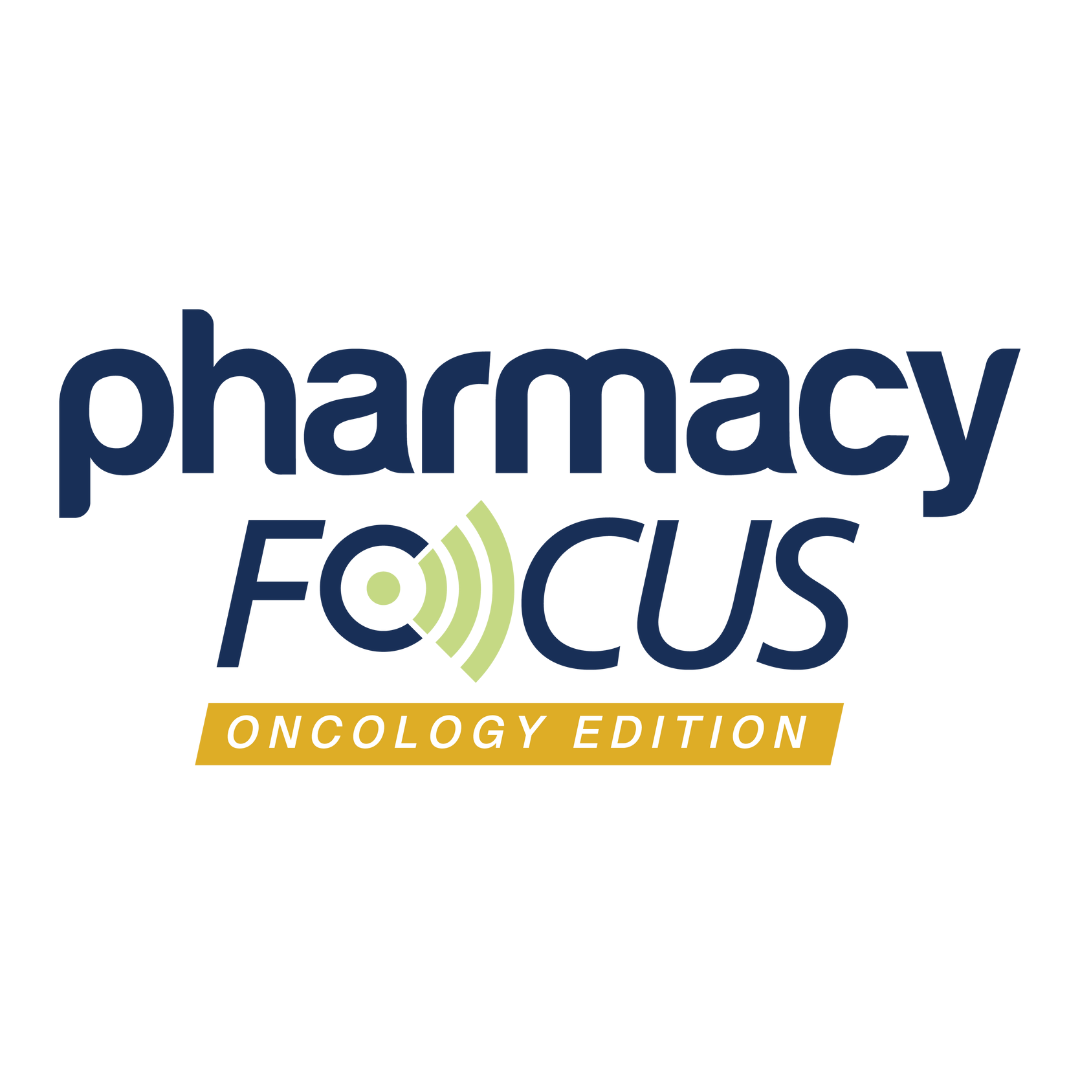Article
Drug and Food Interactions Among Oral Chemotherapy Drugs
Author(s):
Drug-drug and drug-food interactions are evaluated in 58 oral chemotherapeutics.
A recent study evaluated the drug-drug interactions and drug-food interactions of certain types of oral chemotherapeutics using FDA-approved product labeling, primary literature, and tertiary databases such as Micromedex 2.0 and Lexi-Comp.
This study, published by the Journal of Oncology Practice, evaluated 58 oral chemotherapeutics, including 49 chemotherapies, 7 hormonal agents, and 2 supportive care medications.
Drug-drug Interactions
Researchers evaluated these interactions using sections 7.1 and 12.3 of the most recent package insert for each drug.
Each drug was individually assessed for specific drug-drug interactions and pharmacokinetic properties. It was also evaluated for specific enzyme substrates and cytochrome (CYP) induction and inhibition potential. Researchers found that the CYP450 enzyme class was the main substrate for oral chemotherapeutics, and was involved in 41 drugs.
According to the article, the P-gp enzyme classes was a substrate for 18 drugs, BCRP for 4, and UGT for 5. Though a majority of the drugs involved multiple substrates, a combination of CYP450 enzymes plus P-gp was the most prevalent.
Researchers found that adding an oral chemotherapeutic and anticoagulant affected the international normalization ratio. They also found that 16% of the drugs affected the absorption of coumarin-derived anticoagulants. Prolongation of the QTc interval was noted in 14 of the drugs.
Only 1 drug, vandetanib, had a warning for QTc prolongation and sudden death. Drug-drug interactions with specific dose-modifications were available for 16 drugs in either the package insert or through tertiary databases.
There was also acid suppression that affected absorption rates seen in 9 drugs.
Drug-food Interactions
Researchers evaluated section 2.1 and the absorption subheading of section 12.3 of the package insert for each drug. Sections 7.1 and 11 were also evaluated to determine whether the drug contained lactose or interacted with grapefruit juice.
Data gathered were cross-referenced in the Micromedex 2.0 food interaction checker and confirmed through the Lexicomp database, according to the study. Researchers found that ingestion with food was recommended for 9 drugs, while there were 20 drugs that needed to be taken on an empty stomach.
In 4 of the drugs that needed to be taken on an empty stomach, the fat content of the patient’s meal was said to be important.
Researchers found 3 drugs that have interactions with foods or supplements containing calcium and 9 drugs with pH-dependent absorption. There were 4 oral chemotherapeutics that had significant quantities of lactose in the pills.
Clinically significant interactions with grapefruit were discovered in 15 of the drugs, while there were 4 with a moderate interaction.
The number of patients receiving oral chemotherapeutics is increasing quickly and causing changes in the treatment of cancer. These increasing numbers are likely due to improved screening, technology, and better products.
Health care providers need to monitor patients for possible drug-drug interactions and drug-food interactions to avoid loss in efficacy or increased risk of toxicity from these drugs. Health care providers also need to provide accurate patient education, therapeutic monitoring, and alternative recommendations if needed, according to the study.
Specialized health care providers, such as oncology pharmacists, can help maintain patient safety. They can provide medication counseling and dosing recommendations, as well as giving toxicity management services when these interactions occur, the study concluded.
Newsletter
Stay informed on drug updates, treatment guidelines, and pharmacy practice trends—subscribe to Pharmacy Times for weekly clinical insights.





